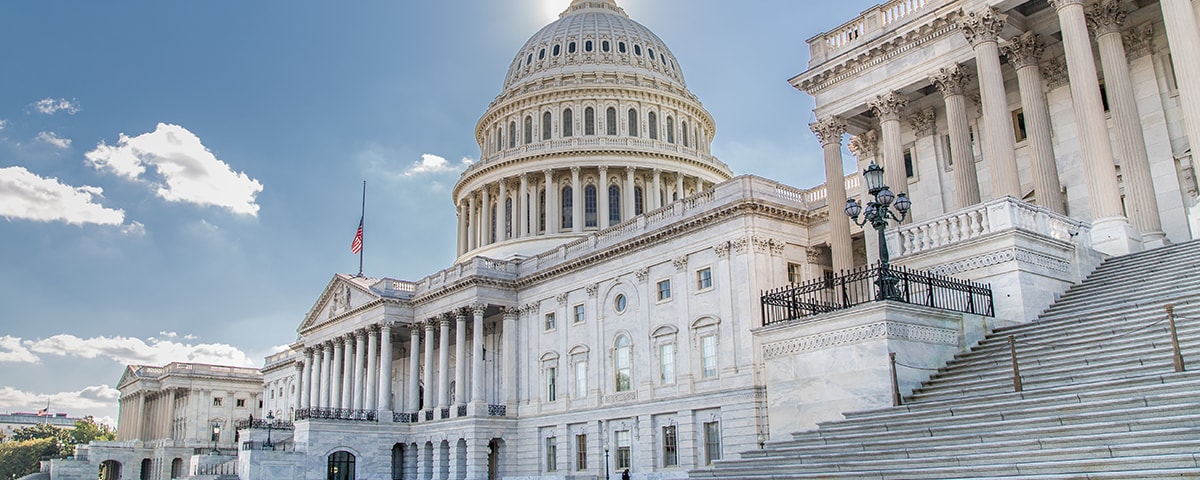On the campaign trail last October, Trump said that 70% of federal regulations could “go” while his advisors confirmed that cutting 10% of regulations was part of the economic plan. Although it’s not clear whether or not Trump will achieve his 70% benchmark now that he’s President, it is clear that he’s making an effort. Since he took office, he’s signed two Executive Orders aimed at reforming regulations.
New Executive Orders could change regulatory compliance
The first, signed at the end of January, was on “Reducing Regulation and Controlling Regulatory Costs.” It does two things: attempts to limit the amount of federal regulations and sets the incremental regulatory cost cap at zero dollars for 2017. Capping the regulatory cost at zero for this year is an interesting method for controlling regulations, and how agencies respond will certainly impact the regulatory landscape. Trump believes that the sheer number of regulations make it too hard for businesses, especially small ones, to comply, grow, and make a profit. Thus, the Executive Order takes a stab at solving the numbers issue by forcing agencies to eliminate two regulations for every new one they create. The EO even uses a broader definition of “regulation” so it could include documents that weren’t previously considered as being in this category.
The second Executive Order dealing with regulations for businesses was signed by Trump on February 3. In that EO, he directed the Secretary of Treasury to review the Dodd-Frank Wall Street Reform and Consumer Protection Act of 2010. The goal of the EO is to reevaluate and scale back the Dodd-Frank Act, which was enacted to prevent another financial crisis like the one that occurred in 2008. Although the EO in and of itself cannot change the regulation since only Congress can write or rewrite legislation, it does symbolize the Trump administration’s eagerness to reform financial regulations, among others.
So what exactly do Trump’s Executive Orders mean for businesses?
The short answer is: no one knows. While it’s still too early to see exactly how Trump’s EOs will work in practice, his aggressive stance towards reforming regulations in hopes of transforming opportunities for businesses promises change, if nothing else. It’s doubtful that every part of the Dodd-Frank Act will be repealed and it’s quite likely that federal agencies will continue to create new regulations in spite of the cap on cost. But the future is more unpredictable than ever, and businesses must be able to adapt in a quickly changing regulatory landscape.
So how can businesses keep up with changing regulations and stay in compliance? It’s difficult to understand how new regulations impact day-to-day operations and even harder to identify areas where your company could be at risk for falling out of compliance.
The most common method for tackling compliance challenges is through implementing behavioral guidelines that adhere not just to the company’s culture or mission, but also to regulatory requirements. For example, holding a training on a company’s gift-giving policy helps employees navigate relationship building without drifting into illegal territory. Employees know the rule and make the right decision. But this approach is becoming more and more burdensome with the amount of regulations in place and the changes that occur every day. Holding an employee training session or even a short meeting can become too time intensive and result in a loss of productivity. Without training or knowledge about new regulations, employees could unknowingly be making decisions based on outdated information and putting your company at risk. The financial and reputational ramifications of falling out of compliance can be devastating with fines sometimes reaching into the millions.
How can businesses keep up with the Trump administration’s changes to regulations?
And a better question: How can businesses keep up and do so efficiently, without wasting time or resources?
In addition to updating behavioral guidelines in a traditional sense, the best way to maintain an up-to-date understanding of regulations to determine not only how they apply to your business but also how they should be incorporated into existing processes in the most efficient manner is using a business management software. Our Business Transformation Platform offers an integrated solution where professionals can easily incorporate new regulations into existing processes. In order to understand how changes in regulation will affect your organization, it’s important to first understand your processes and how your team collaborates. Process Editor lets you see processes across your business and who’s involved. You can easily translate compliance requirements into rules using Decision Manager. Then, you can update workflows and tasks using Signavio Workflow so that all tasks in your organization are distributed properly and reflect the most recent changes. You can then review it all using Process Intelligence, which analyzes real data and allows you to see any inefficiencies.
Even if Trump’s full effect on regulations and compliance can’t be predicted, the fact that there will be changes in the near future is certain. Staying in compliance is, in and of itself, a process that demands constant updates to the way businesses run. The Business Transformation Platform puts businesses in the driver’s seat; instead of scrambling to react to changes, management is able to implement updates based on current regulations across processes and see how it will affect workflows immediately.
Ready to give it a try and see how it can help your organization’s compliance program? Get the free 30-day trial.
If you need more convincing, we also have a variety of resources that explain how the Business Transformation Platform helps to navigate regulatory compliance:
Blueprint for Modern Compliance
Meeting the 8 Challenges of Financial Regulatory Compliance with BDM.

